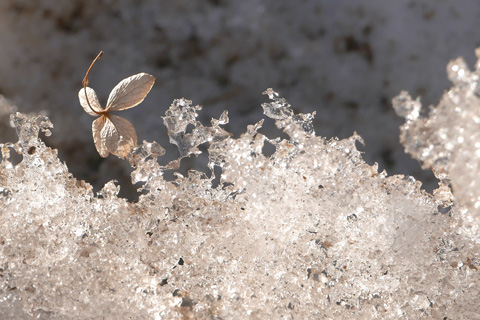I’m standing at the sink, peering into the mirror as I draw the razor up my face, erasing a line of white shaving cream. My five-year-old daughter reaches around me to put her hand under the running faucet. She brings the handful of water up to the top of her head, then draws her hands out to the side, flattening the hair. She repeats this grooming gesture a few times.
“What are you up to?” I ask.
“I’m wetting my hair. That way it’s easier to wear.”
“Makes sense, I guess.” I go back to dumbly shaving.
“That’s a line, Daddy,” she says. “I’m wetting my hair/ So it’s easier to wear.”
“Okay.”
She skips out of the bathroom. “I’m wetting my hair/ So it’s easier to wear.”
She accelerates into an elliptical run. “Mommy! Mommy! Hear my line! I’m wetting my hair/ So it’s easier to wear!”
And there we have a complete example of how life becomes art. At the beginning is the mystery of inspiration. The words seemingly come from nowhere, but they echo the life around them in a way that shows they must originate in some melange of experience, sensation, thought. Then there’s the recognition of the beautiful qualities of that inspiration; I can only speculate about what called to my daughter in her line, but a part of the lure was probably in the language itself, the bedazzling rhyme, and a part in its concise explanatory power. In other words, it suddenly elevated normal experience. Next comes the effort to refine and improve the work toward some conscious purpose, and one that involves a socially agreed on structure, followed by the exhilaration of creation and the urge to share the work. It’s all there. And, notably, as is the case with so much art, there is the initial uncomprehending response from a public that doesn’t yet understand. That would be me, dumbly shaving.


